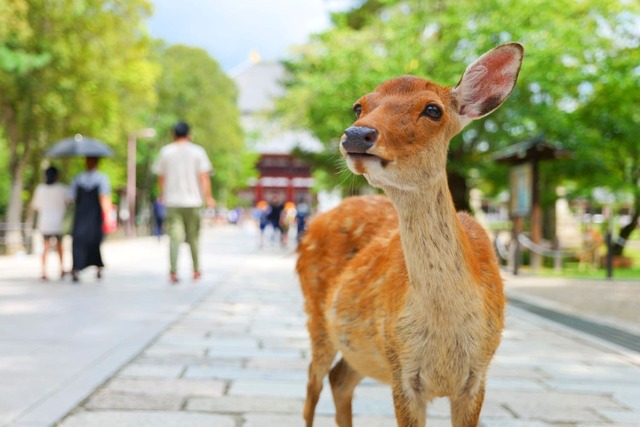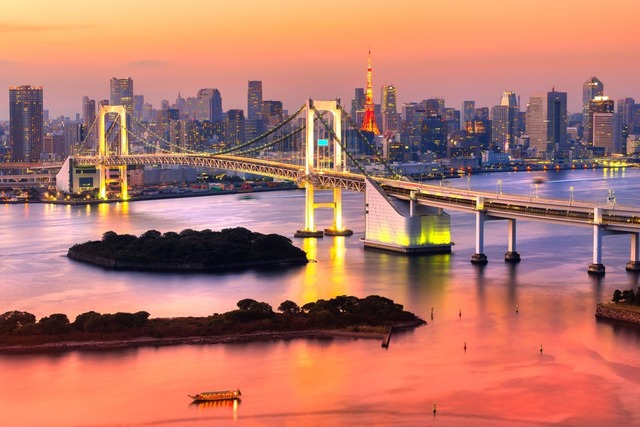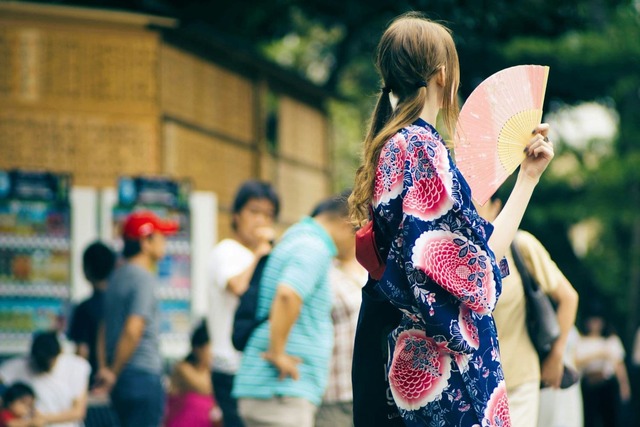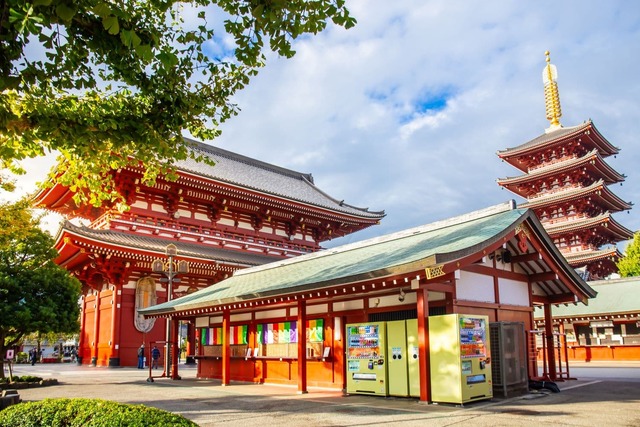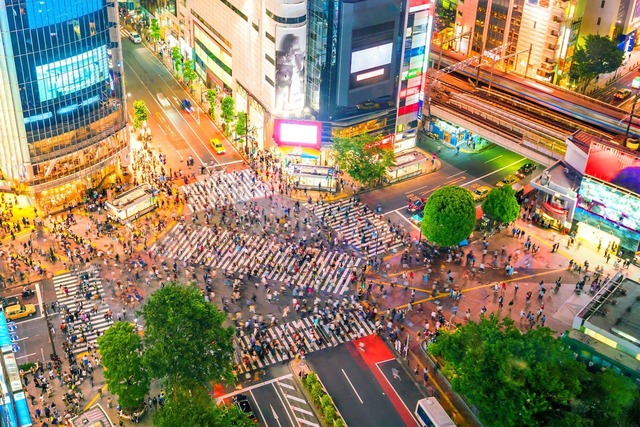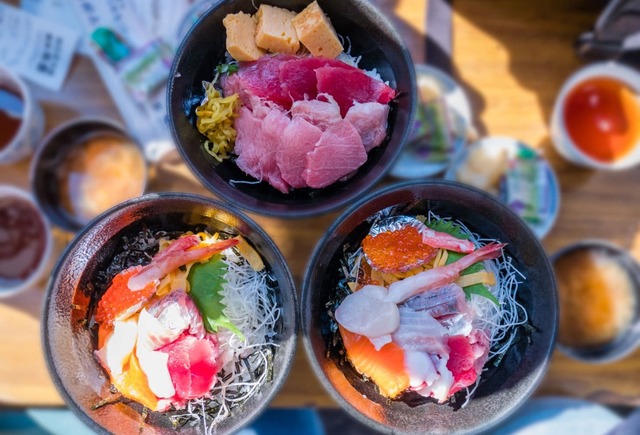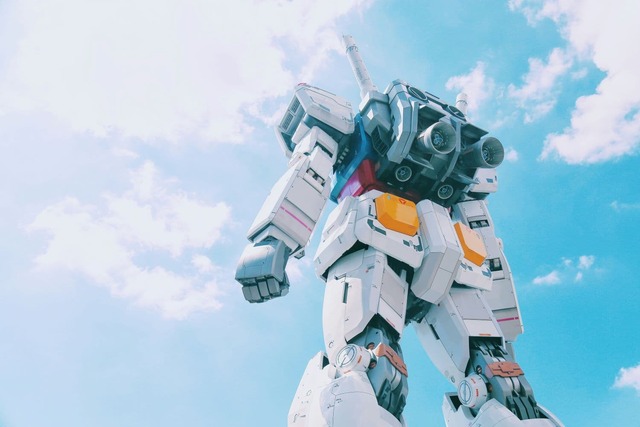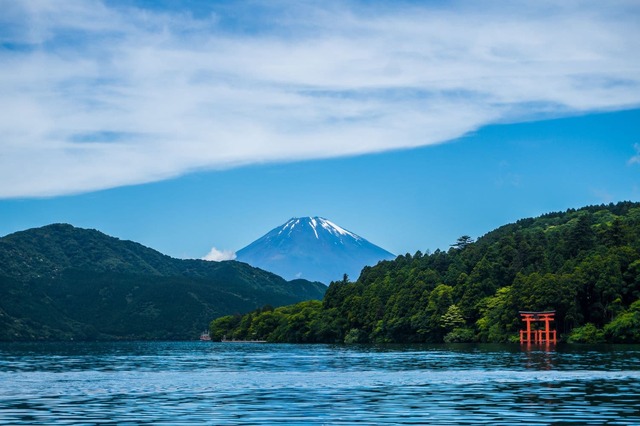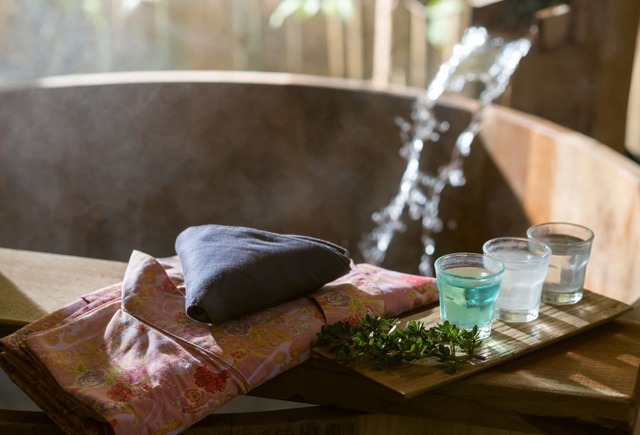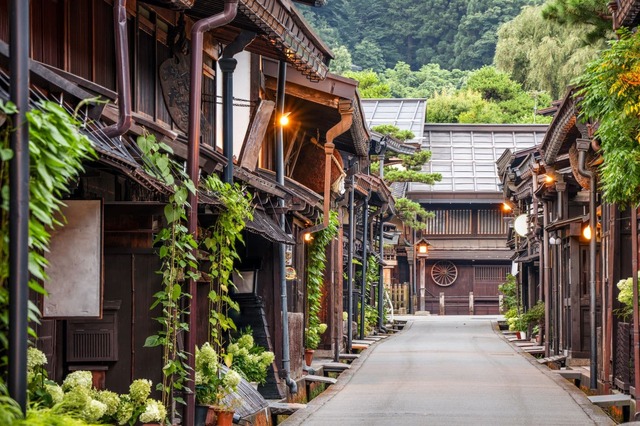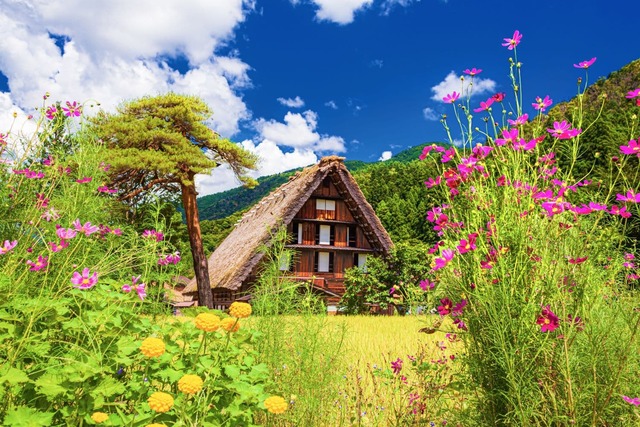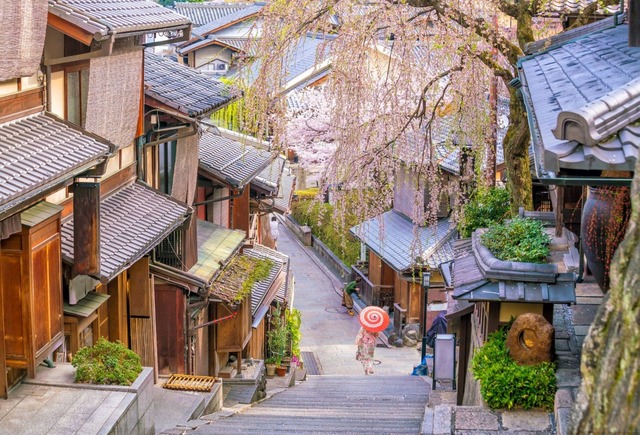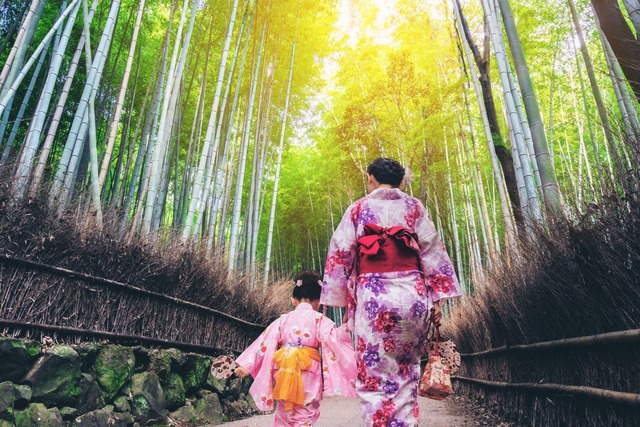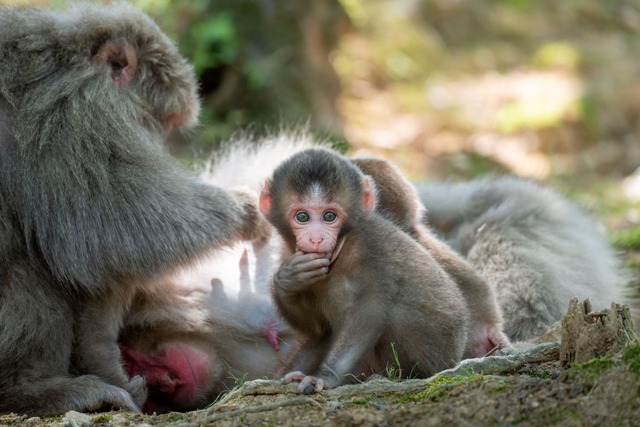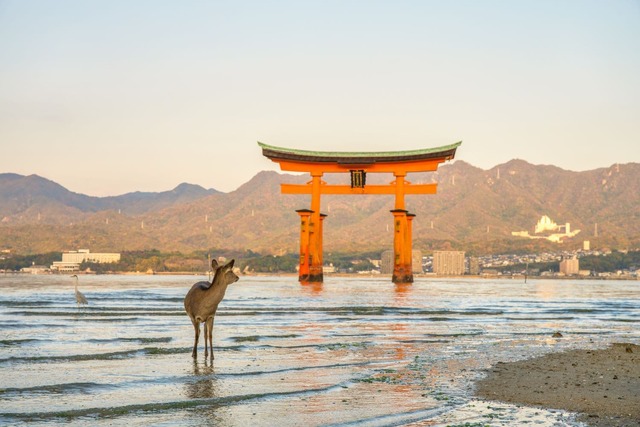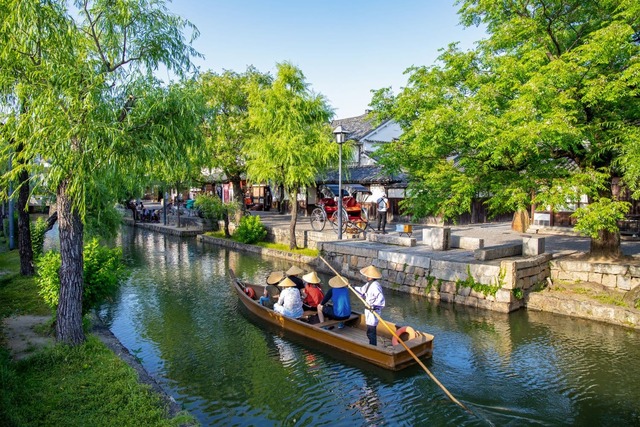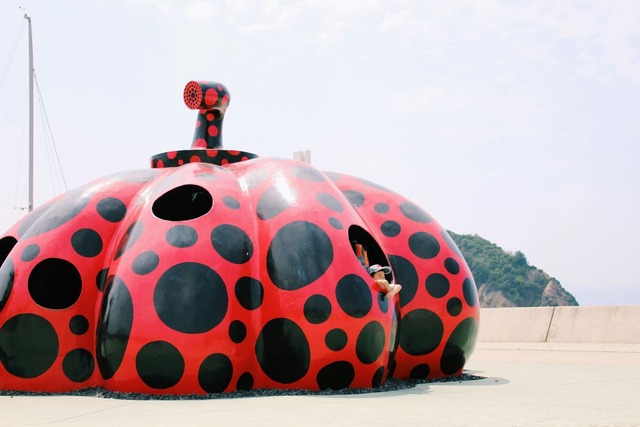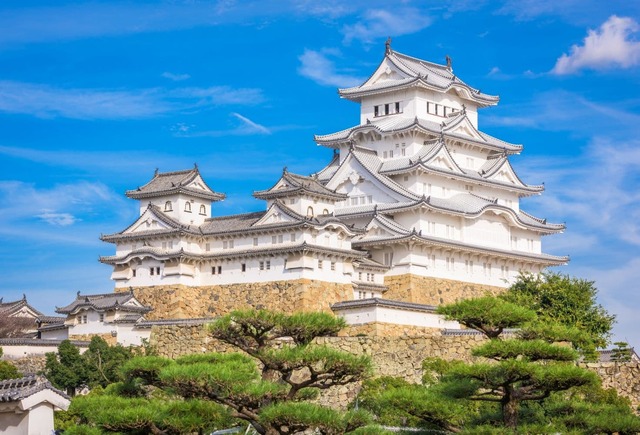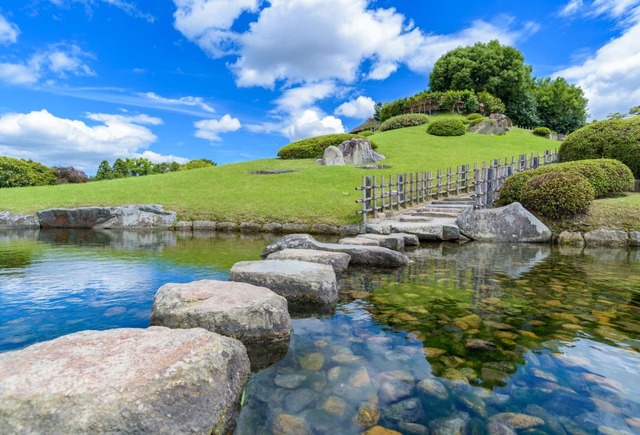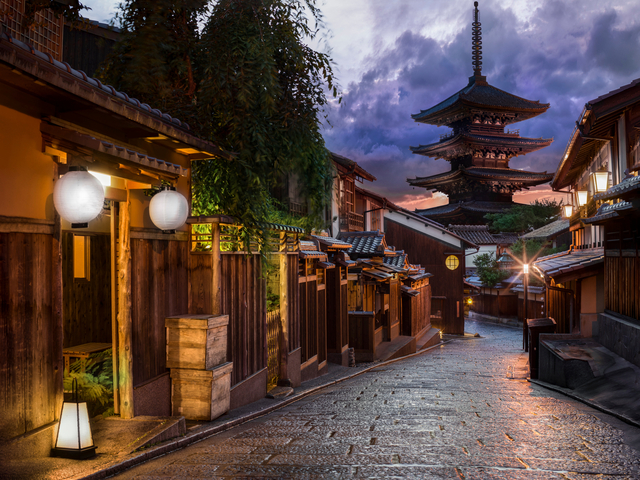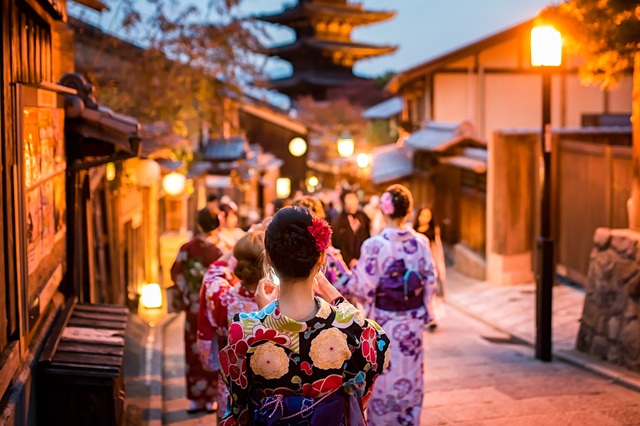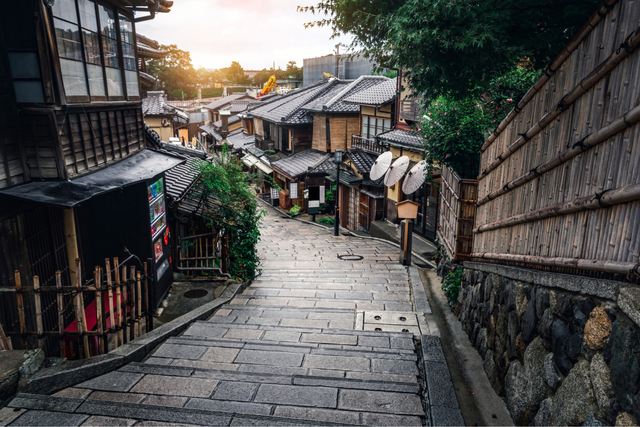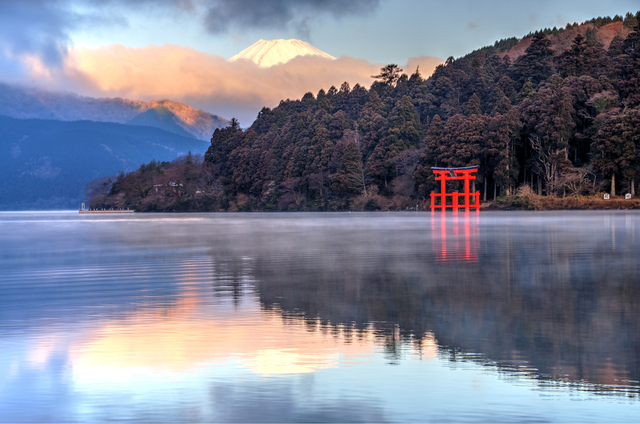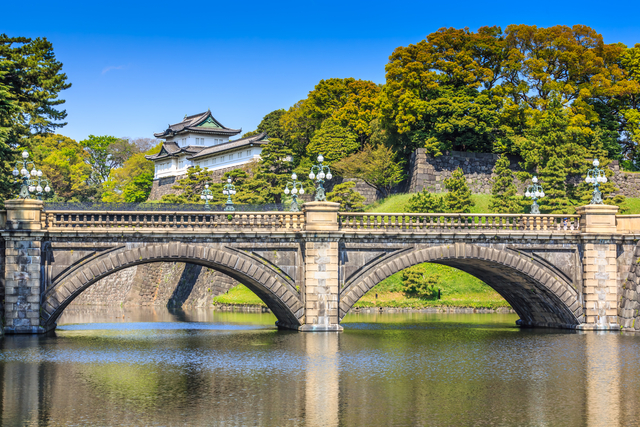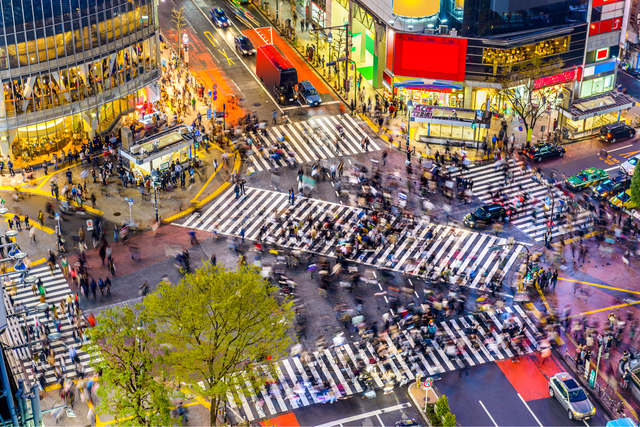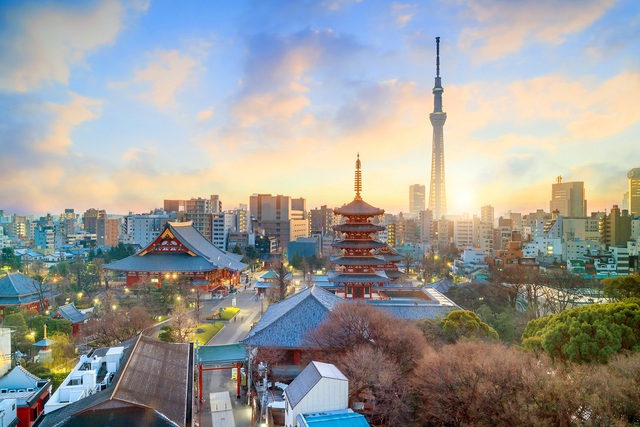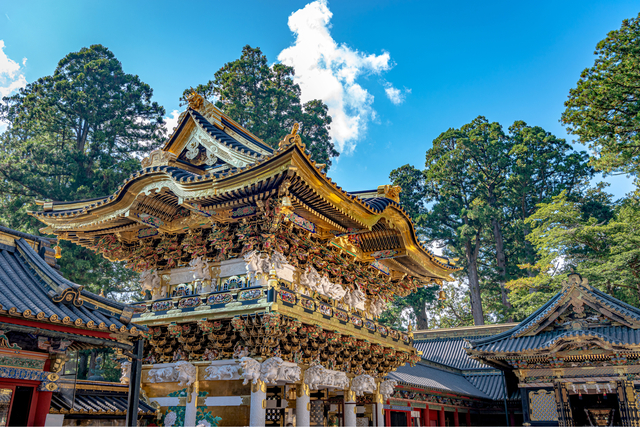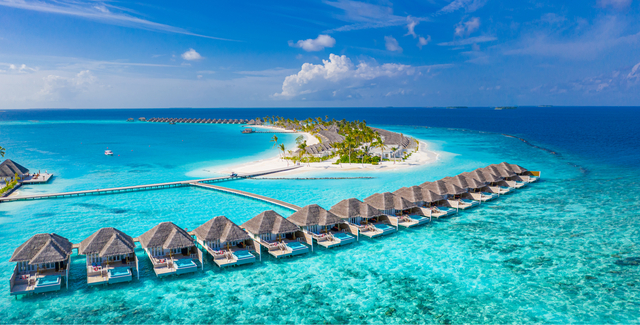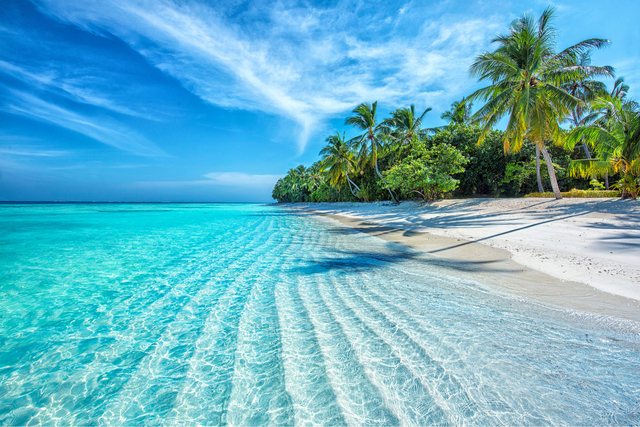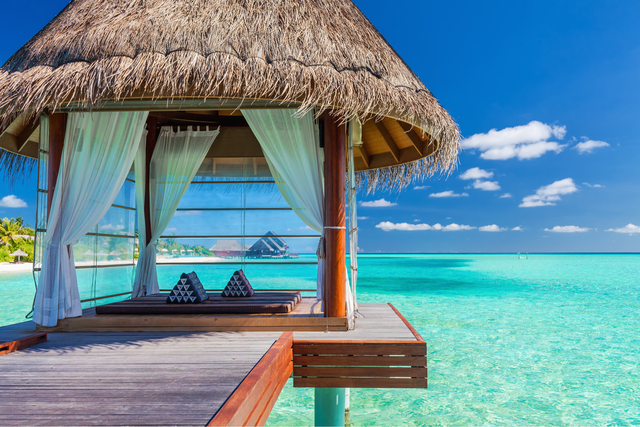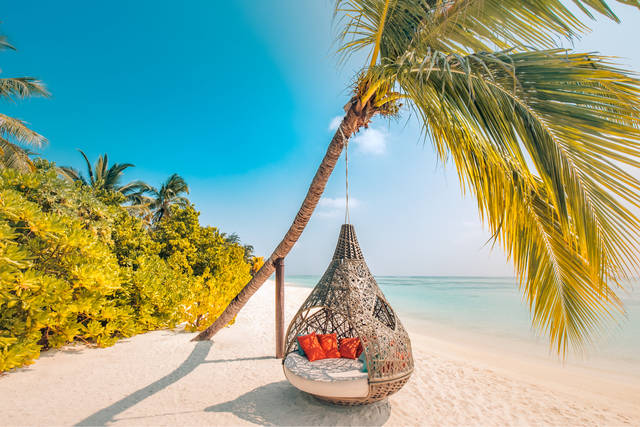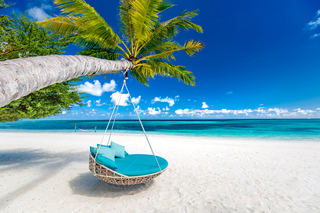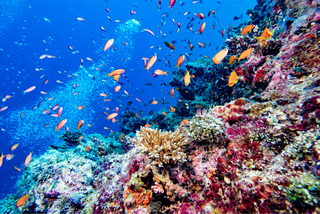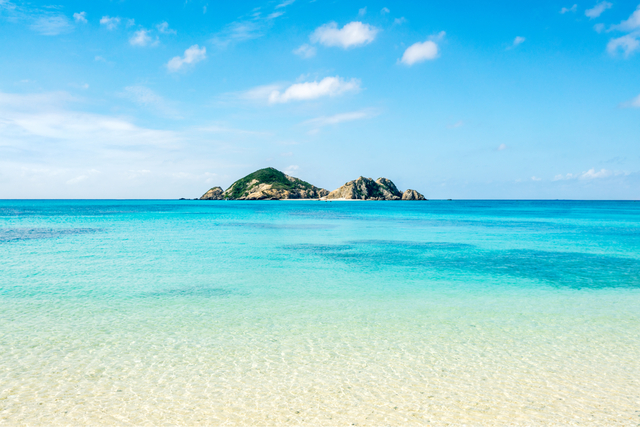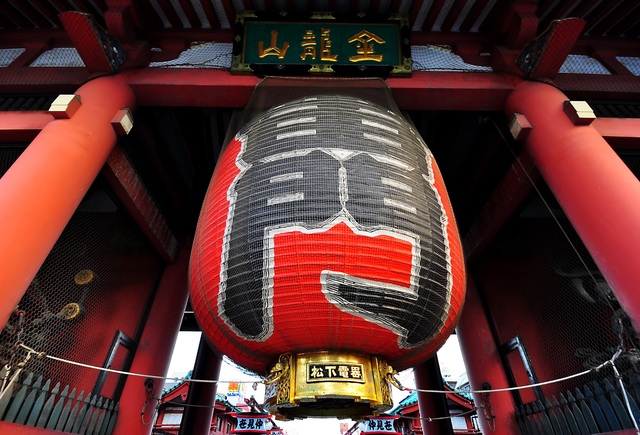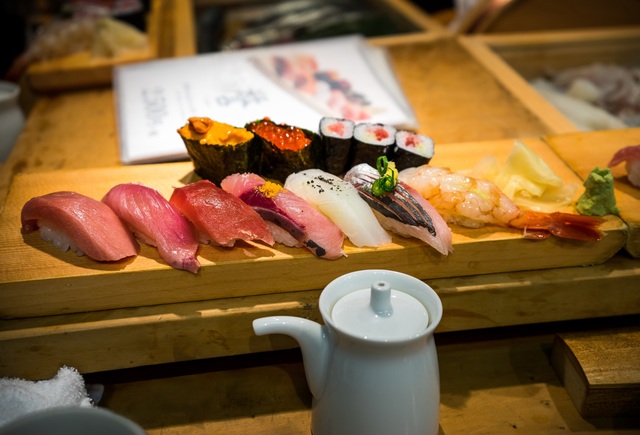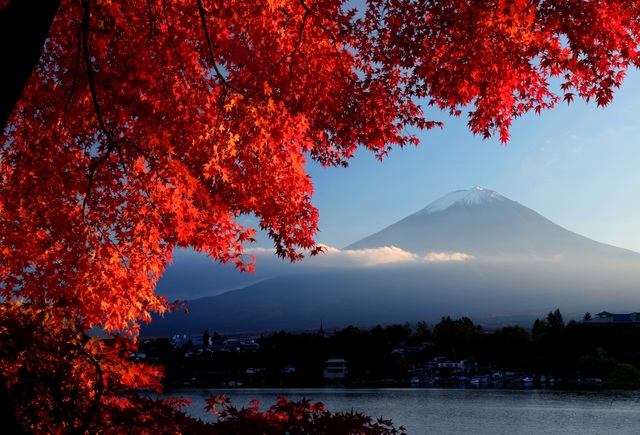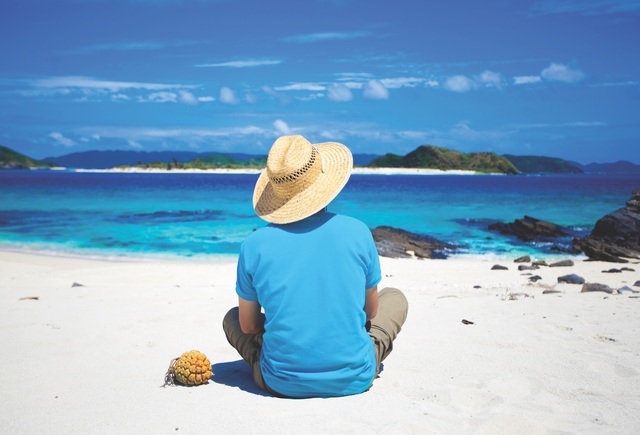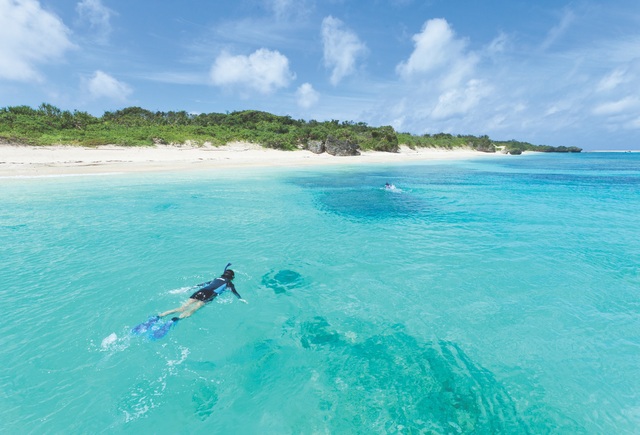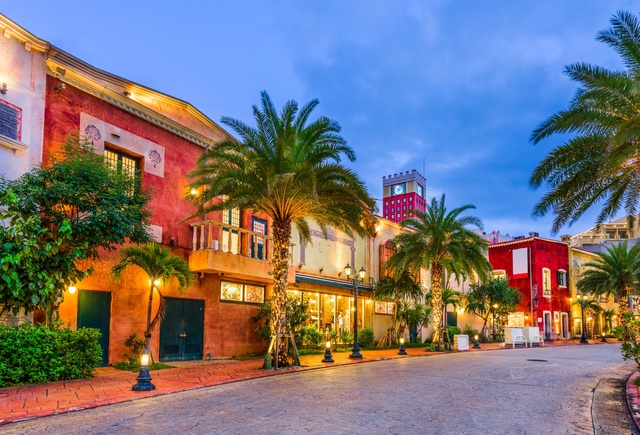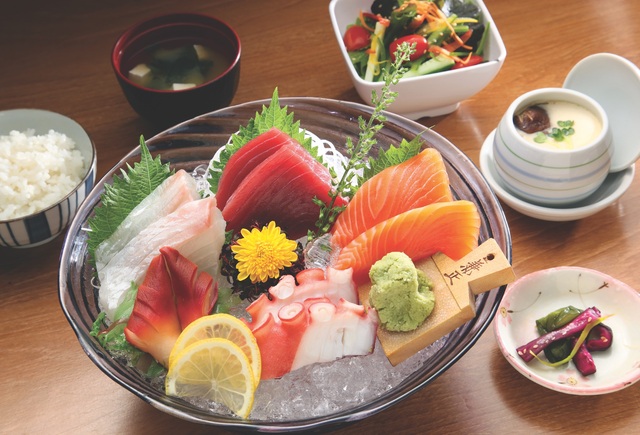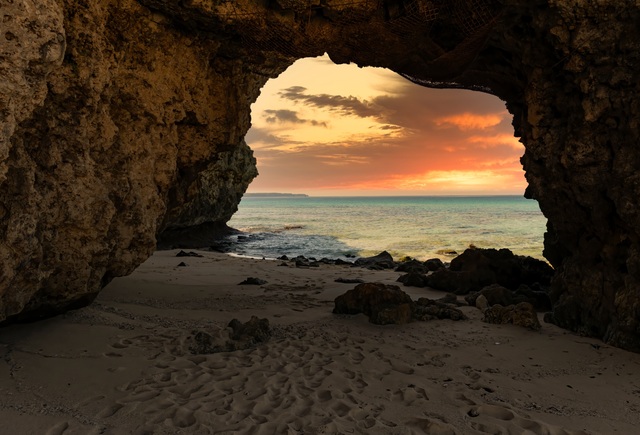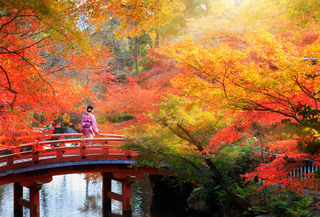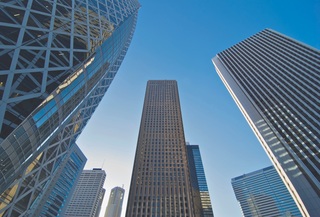The Japanese Alps
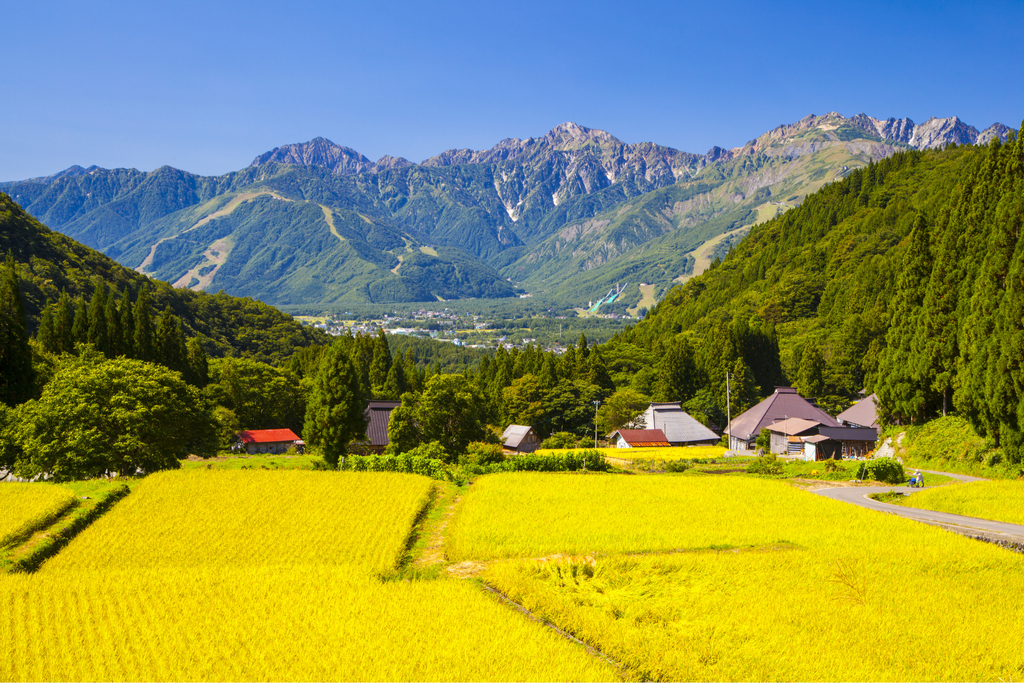
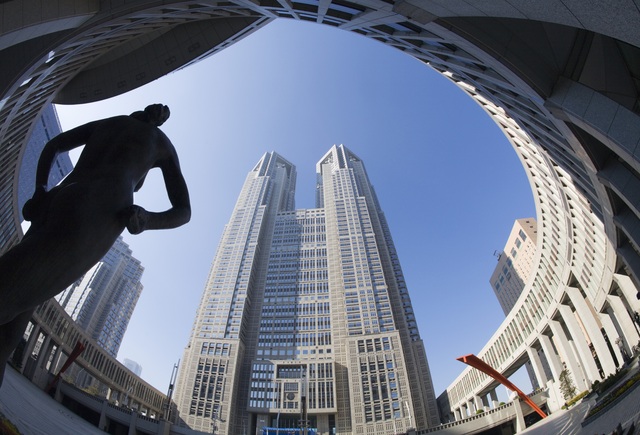


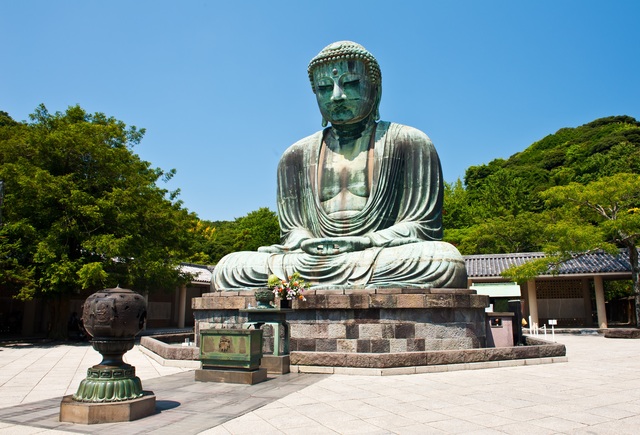
- Adventure
- Culture
- Nature
Overview
Marvel at the natural beauty and rich history of Japan.
You'll travel through the majestic mountains and experience ancient Japan, which still thrives hidden far from the hustle and bustle of the big cities. Along the way, you'll also get plenty of time to explore the old capital Kyoto, which offers a wonderful mix of the modern and the traditional. This tour is curated for those who want to experience all facets of Japan.
Suggested itinerary
From one of the major cities in Europe, you will fly to Tokyo Narita or Haneda airport.
On arrival, you will take the airport transfer bus to your central Tokyo hotel. If you want to dive straight into your Japan adventure, walk to the Metropolitan Government Building to visit the observation deck on the 45th floor for free and or a walk to the Kabukicho area, where you find plenty of restaurants.
On your first full day in Tokyo, we suggest you tackle the city's must-see sights like Sensoji temple (the oldest in Tokyo) and the nearby Nakamise with small stalls with food specialities and souvenirs. In the afternoon, take a boat ride on the Sumida River. A visit to the imperial garden is also a great option for the afternoon, as is a visit to Tokyo Skytree.
Discover the hip districts of Harajuku and Shibuya, frequented by young Tokyoites. These funky pedestrian zones offer countless shops for fashionistas and are full of unique clothing stores. The famous scramble crossing in Shibuya is the busiest in the world, surpassing Times Square in New York. Be sure to catch panoramic views of Tokyo (and Mt. Fuji) from the top of Shibuya Sky.
Also, make sure to stroll down nearby Omotesando boulevard with Omotesando Hills shopping mall (designed by world-famous Japanese architect Ando Tadao).
If you want to make a trip out of Tokyo, a short train ride to Kamakura (home to the second tallest Buddha in Japan) is just one hour away. The UNESCO World Heritage-listed Toshogu Shrine in Nikko is also a great option, located about two and a half hours to the north of Tokyo.
Alternatively, you could also spend some time in one of the many splendid museums like the impressive Tokyo National Museum, the National Museum of Western Art near Ueno Park.
Time to say goodbye to Tokyo and take the bus to the small village of Magome. There is a short walk from the bus stop at Magome before arriving at your family-run Japanese inn (minshuku). You'll stay in either Magome or Tsumago, two extraordinarily well-preserved villages that are part of the Nakasendo Road, the ancient hiking route between Tokyo and Kyoto.
Today we highly recommend walking along the old Nakasendo Road between Tsumago and Magome. The route is beautiful, exceptionally well preserved and marked in English. The journey takes two to three hours to walk at a leisurely pace. You can take the local bus back if you wish.
Remember to visit the well-preserved houses of Honjin and Wakihonjin in Tsumago; these are old accommodations where samurai once slept.
Today you'll catch the bus or taxi (not included) before using your local train pass and taking the express train to Matsumoto, which is famous for its iconic jet-black Matsumoto Castle.
The castle is one of only 12 original castles remaining in Japan, and it stands as it did when it was built 400 years ago. Matsumoto is also famous for its beautiful natural landscape, surrounded by the majestic Japanese Alps.
After experiencing Matsumoto, continue by train to Omachi, located in a valley at the foot of the Alps. Here you have a traditional overnight stay with dinner and breakfast included. If you feel like it, there are also plenty of hot springs in the area.
Today you travel through the Japanese Alps via the scenic Tateyama Kurobe Alpen Route. Leave in the morning, so you are one step ahead of the many day tourists from Tokyo. The route is a mixture of bus, cable bus, funicular, cable car and walking, with many options for stops along the way. Your transport passport covers all transport. Some of the most beautiful views are the Kurobe dam and the top of Mt. Murodo - the highest point on the route (2,450 metres).
In late spring / early summer, you can also walk a few hundred meters along the beautiful "snow corridor" - a road with walls of snow on both sides. Upon arrival on the other side, you'll once again enjoy a traditional overnight stay with dinner and breakfast included. Remember to arrive at the hotel no later than 18:00 to enjoy dinner, as most often you can not change the time of serving.
After a morning of sightseeing in Tateyama, you'll hop back on the express train, along rivers and through green valley's right into the heart of ancient Japan. Takayama is a remote and extraordinarily well-preserved mountain town, often referred to as "Little Kyoto."
San-no-machi street is home to traditional wooden buildings that are extremely beautiful. Here, you can buy local handicrafts, visit family museums or take a ride in an old-fashioned rickshaw.
Start your day with a walk to the local morning market Miyakawa, which has existed since the Edo era and is home to abundant fresh vegetables and homemade goods.
It is also worth a visit to two trading houses Yoshijimake and Kusakabe, which are exquisite examples of the samurai era's elite family homes. Make a stop at one of the hundred-year-old sake distilleries to sample the region's famous sake.
In the afternoon, take a hike along the Higashiyama Yuhodo. A three and a half kilometre-long course where you will pass more than a dozen temples and shrines, the ruins of Takayama's former castle and gorgeous scenes of a rural Japanese town.
In the morning, you'll leave Takayama by bus and arrive at Ainokura village in the Gokayama area, where you walk around between the quiet old houses and get a feel for traditional country life.
After an hour, it's time for lunch at a local restaurant, and then off to Ogimachi in Shirakawa-go. Here you have about an hour and a half to explore the city before taking a separate bus further to Kanazawa.
In Kanazawa, you'll find one of Japan's most beautiful parks, the nearly 400-year-old Kenrokuen, founded on ancient Chinese principles of perfection. You can also stroll through the samurai neighbourhood of Nagamachi, look at exclusive bowls of lacquer and pottery in Hirosaka Street or explore the Ninja Temple, which has both hidden corridors and secret rooms (reservation required).
If you like sushi, don't miss the Omicho Market, the market is full of fresh vegetables too. If you have the time, pop by The 21st Century Museum of Contemporary Art, one of Japan's most popular museums.
Before you leave Takayama, you have the pleasure of exploring Shirakawa-go with a guide. Shirakawa-go is an ancient agricultural area in an unspoilt valley with completely unique architecture.
The ancient gassho-zukuri farmhouses, scattered throughout the valley, are UNESCO World Heritage-recognized and still used by local families. You'll visit Shirakawa-go by bus, and after the bus returns to Takayama, take the express train and the Shinkansen to your next destination, Kyoto.
On your first full day in Kyoto, we suggest you pick out some sights in the same area; some options include Nijo Castle, Imperial Palace and The Golden Pavilion. To pack more into your day, rent a bicycle to get around. In the afternoon, visit Nishiki Market, where you can grab some lunch and feel the city's energy.
We suggest you join our morning tour or explore the city by local bus on your own. One option is to head to the western part of Kyoto to Arashiyama to see the Bamboo groves and beautiful Hozu river. The area around Arashiyama is great for cycling if you want to visit a few temples.
Before dinner, visit the narrow lane Pontocho, one of Kyoto's most atmospheric dining areas. Crossing the bridge of Kamo river, take an evening walk in the Gion area, the famous geisha district and home to machiya merchant wooden houses.
Today on your last full day, we suggest you start your day in the eastern part of Kyoto. Take the local bus to Higashiyama and walk up the narrow street to the magnificent wooden temple Kiyomizudera.
End your afternoon with a Japanese tea ceremony. You could also join our afternoon tour to Nara starting from Kyoto Station. A local guide will take you by train to Nara to see Todaiji temple, with the world's largest bronze Buddha, followed by a stroll in Nara Park.
This morning you will be picked up at the hotel in Kyoto and driven to Osaka Airport, from where the trip will return to Europe. You arrive the same evening.
Accommodation
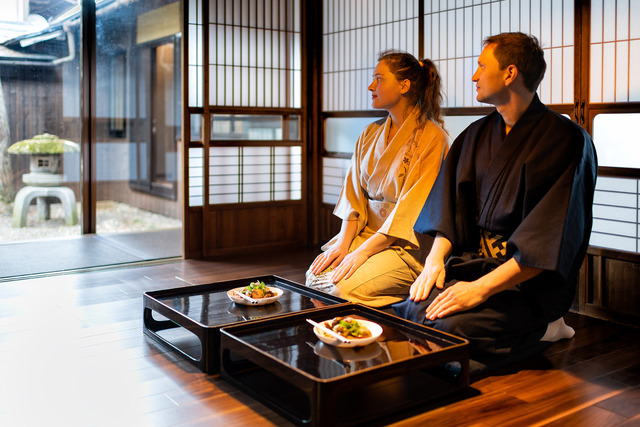 + 5 Photos
+ 5 Photos
A ryokan is a traditional Japanese inn that offers a unique cultural experience. Guests sleep on tatami mats, enjoy traditional meals and may have hot springs & gardens.
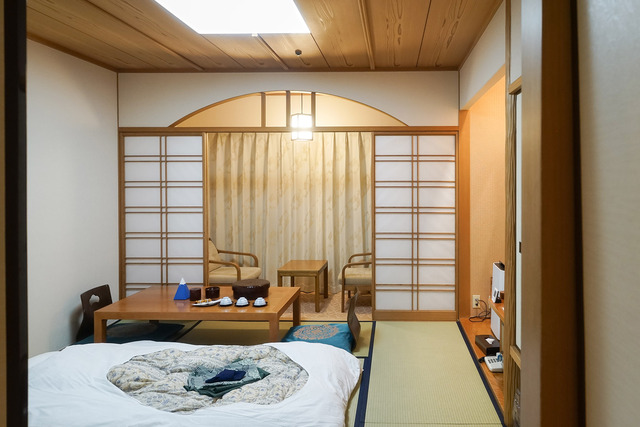 + 2 Photos
+ 2 Photos
Minshukus are traditional Japanese guesthouses, where guests can experience a homestay, enjoy home-cooked meals and immerse in the Japanese culture.
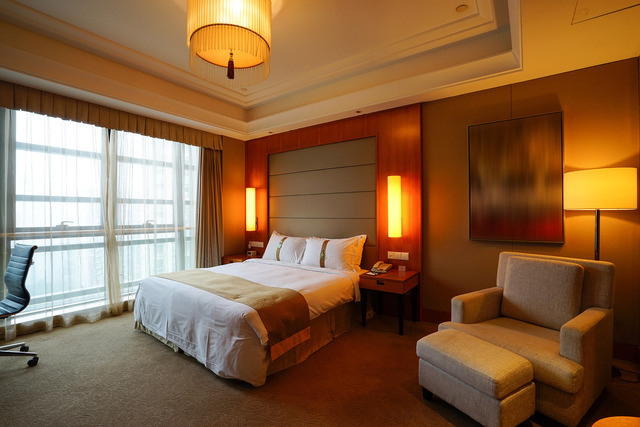 + 5 Photos
+ 5 Photos
Western-style hotels in Japan offer comfort and convenience with amenities like room service and fitness centres. Many are located in major cities and near popular destinations.
Important information
Important information
- Travel insurance is optional. Let us know if you’d like help adding it to your trip.
- The itinerary shown is an example. We’ll tailor the tour to fit your interests and travel style.
- Once you get in touch, we’ll fine-tune the details together to make sure the trip suits you perfectly.
- The Tateyama-Kurobe Alpen Route is only open from April to November. We provide an alternative itinerary for winter travellers for Day 9.
What is included
- International return flight tickets
- Checked luggage
- Airport transfers
- 12 nights in western style accommodations
- 2 nights in Japanese-style Ryokan with onsen
- 2 nights in Japanese-style minshuku
- Breakfast and dinner (selected locations)
- Transport tickets between destinations
What is not included
- Local transport (buses, metro, taxis)
- Local city tax which needs to be paid on the spot
- Optional excursions and sightseeing tours
- Travel insurance



